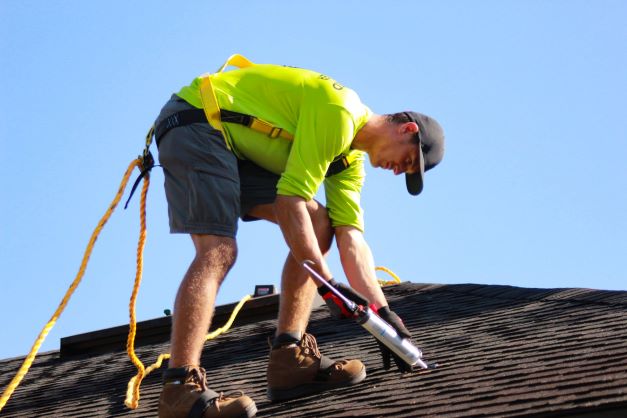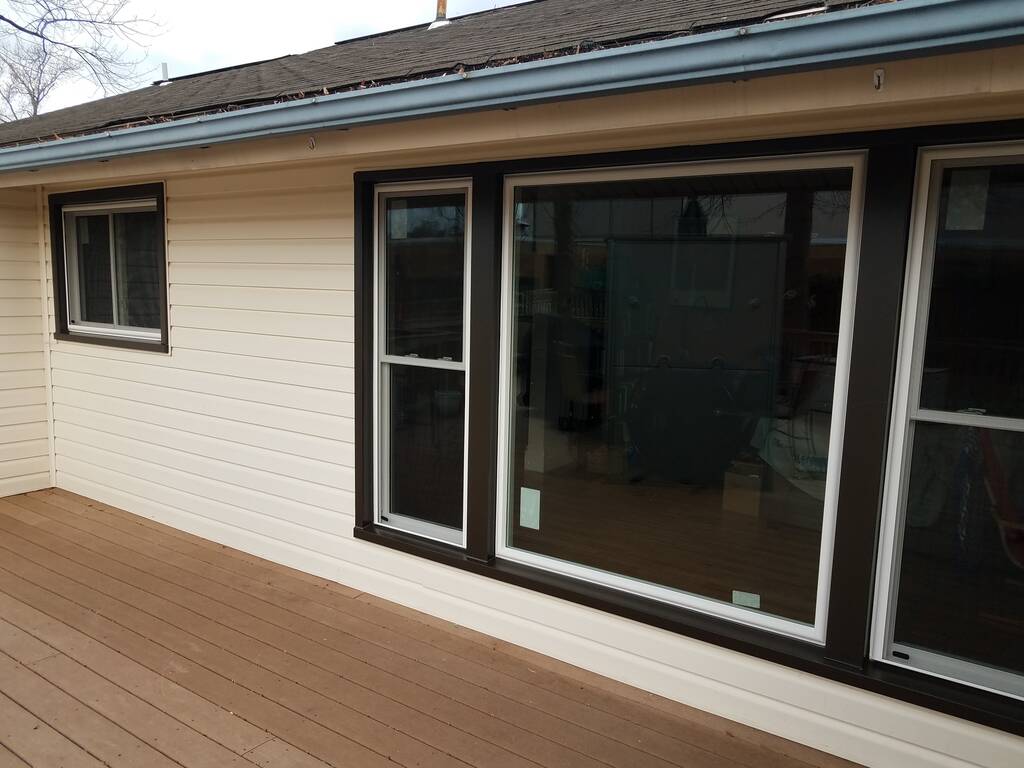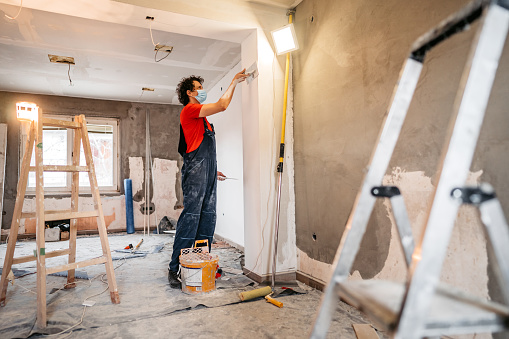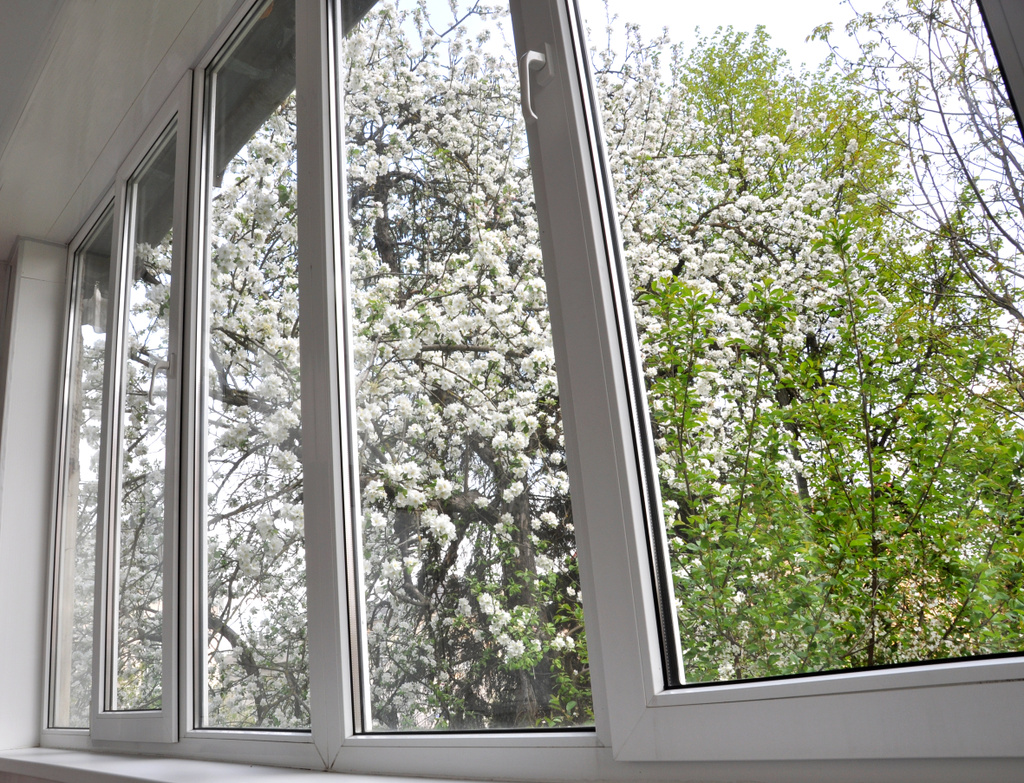We’re all usually quite fond of our homes. And for good reason. They are the sole places we can turn to when we need comfort, security, and peace. Even when things don’t seem to go our way, they shield us from the outside world, providing a place to relax and rejuvenate. However, is it enough to have an aesthetically pleasing home? Not at all! A sturdy home is crucial for protecting our loved ones and possessions from the elements and unforeseen events. Investing in essential renovations enhances the durability and resilience of our homes, ensuring they remain safe spaces for years to come. Let’s take a look at ten vital renovations that can make your home more robust.
- Roof Repair and Replacement

Let’s go straight to the top before we talk about anything else. The roof is a critical component that protects your home from the elements. It shields you from rain, snow, wind, and sunlight, ensuring the interior remains dry and comfortable. A damaged or aging roof can lead to leaks, structural damage, and increased energy costs. Therefore, it is essential to repair any damage promptly or replace the roof if it has been standing for a long time. When choosing roofing materials, options like metal, asphalt shingles, and tiles offer durability and aesthetic appeal. Hiring a professional roofing contractor is crucial for ensuring that repairs and replacements are done correctly and safely.
- Foundation Reinforcement
Remember, your home’s only as good as its foundation. After all, this is the base of your home’s structure, providing support and stability. Over time, foundations can weaken due to soil movement, moisture, and other environmental factors. So, what are the signs that your foundation might need reinforcement? Look for any cracks in the walls, uneven floors, and doors that don’t close properly. To address these issues, you can use methods such as underpinning and slab jacking. Underpinning involves extending the foundation to a more stable soil layer, while slab jacking raises sunken sections of the foundation by injecting a grout mixture underneath. These techniques can significantly enhance the stability and longevity of your home.
- Siding Upgrades
Siding not only enhances the appearance of your home but also protects it from weather-related damage. Over time, siding can deteriorate, leading to issues such as rot, mold, and decreased insulation. Upgrading to durable materials like fiber cement, vinyl, or brick can provide long-term protection and improve your home’s energy efficiency. Fiber cement siding is known for its resistance to fire, pests, and rot, making it an excellent choice for longevity. Vinyl siding is low-maintenance and available in various styles and colors, while brick offers timeless appeal and exceptional durability. By investing in high-quality siding, homeowners can reduce maintenance costs and enhance their home’s overall sturdiness.
- Window and Door Reinforcement

Windows and doors are entry points that need to be secure to protect your home from intruders and the elements. Focusing on these areas can not only enhance home safety but also improve your home’s energy efficiency. So, they deserve your attention. Impact-resistant windows are designed to withstand strong winds and flying debris, making them ideal for storm-prone areas. Solid-core doors, which are made from a single piece of wood or composite material, offer better security than hollow-core doors. Additionally, reinforced frames and advanced locking systems can further enhance the strength and security of windows and doors, providing peace of mind for homeowners.
- Insulation Enhancement
Proper insulation is essential for maintaining a stable indoor environment and reducing energy costs. Insufficient insulation can lead to temperature fluctuations, higher energy bills, and increased strain on heating and cooling systems. Upgrading insulation in walls, attics, and basements is an essential step to improve your home’s comfort and efficiency. Various insulation materials are available, including fiberglass, foam, and cellulose. Fiberglass is widely used for its affordability and effectiveness, while foam insulation provides excellent thermal resistance and air sealing. Cellulose, made from recycled paper products, is an eco-friendly option that offers good thermal performance. Enhanced insulation helps keep your home warm in the winter and cool in the summer, contributing to overall structural integrity by preventing moisture buildup and related issues.
- Plumbing System Upgrades

Has your home been here since your parents were kids? If your home has been standing here for quite some time, chances are the plumbing might be just as old as the home itself. Old plumbing systems can be a hidden threat to the structural integrity of your home. Leaks and water damage caused by outdated plumbing can weaken the foundation and walls, leading to costly repairs. Upgrading to modern, durable materials like PEX (cross-linked polyethylene) or copper can prevent these issues. PEX piping is flexible, resistant to scale and chlorine, and can withstand extreme temperatures, making it a popular choice for modern plumbing systems. Copper piping, known for its durability and reliability, also provides a long-term solution. By upgrading your plumbing, you can prevent water damage and ensure a stable, safe home environment.
- Electrical System Modernization
An outdated electrical system can pose significant safety risks, including the potential for electrical fires. Modernizing your electrical system involves upgrading wiring, circuit breakers, and outlets to meet current safety standards and accommodate the increased electrical load of modern appliances. Replacing old knob-and-tube wiring or aluminum wiring with copper wiring can prevent overheating and reduce fire risk. Installing ground fault circuit interrupters (GFCIs) and arc fault circuit interrupters (AFCIs) in key areas of your home adds an extra layer of protection against electrical hazards. Modern electrical systems also provide more reliable power, ensuring that your home’s electrical infrastructure can handle the demands of today’s technology and appliances.
- Basement Waterproofing
Basements are particularly vulnerable to water damage, which can compromise the structural integrity of your home. Waterproofing your basement involves several methods to keep water out and maintain a dry, stable environment. Installing sump pumps, which remove accumulated water from the basement, is a common and effective solution. Moreover, sealing cracks in the foundation walls and floor can prevent water seepage. Exterior waterproofing methods, such as installing drainage systems and applying waterproof coatings to the foundation, provide further protection. A dry basement not only prevents structural damage but also reduces the risk of mold growth and improves indoor air quality.
Conclusion

Renovating your home to make it sturdier is an investment in safety, security, and peace of mind. Prioritizing the improvements discussed in this article ensures that your home remains a sanctuary for you and your family. Remember, regular maintenance and professional assessments are key to sustaining a robust and sturdy home. By addressing these critical renovations, homeowners can protect their investments and create a safe, secure living environment for years to come.
